Optimal Timing for Light Tunnel Installations
Light tunnel installations are most effective when weather conditions are stable and dry. Optimal timing often aligns with periods of minimal rainfall and moderate temperatures, which facilitate safer and more efficient installation processes.
Spring and early fall typically offer ideal weather conditions for light tunnel installations, reducing delays caused by adverse weather.
Avoid installation during heavy rain, snow, or extreme temperatures to ensure safety and material integrity.
Scheduling installations during periods of low wind and stable weather minimizes disruptions and accelerates completion.
Late spring and early autumn are preferred for maintenance or upgrades, aligning with optimal weather conditions.
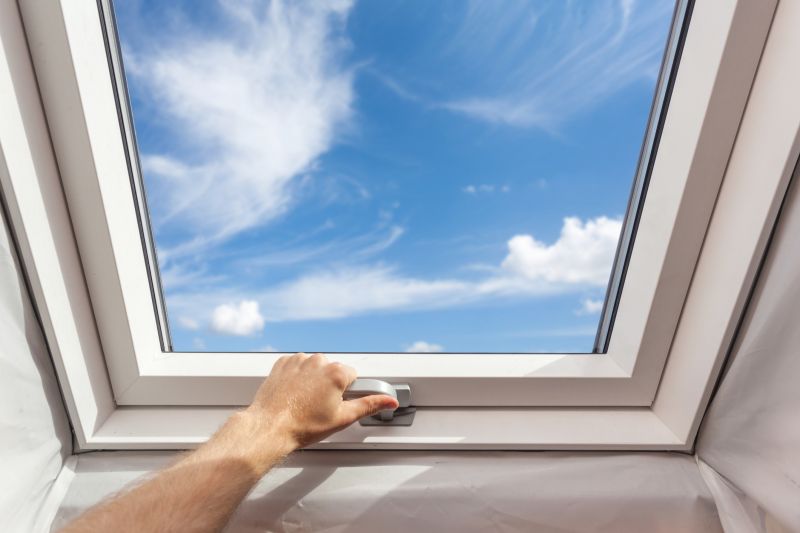
Image depicting installation during optimal weather conditions.
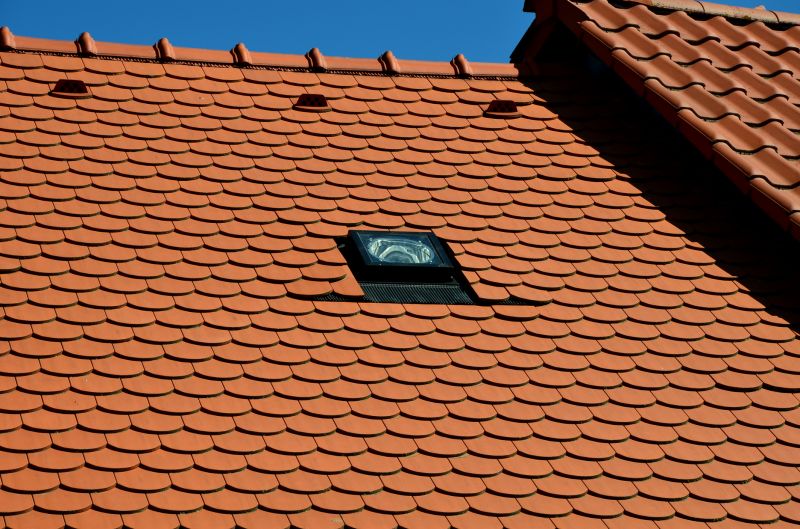
Image showing setup phase during favorable conditions.
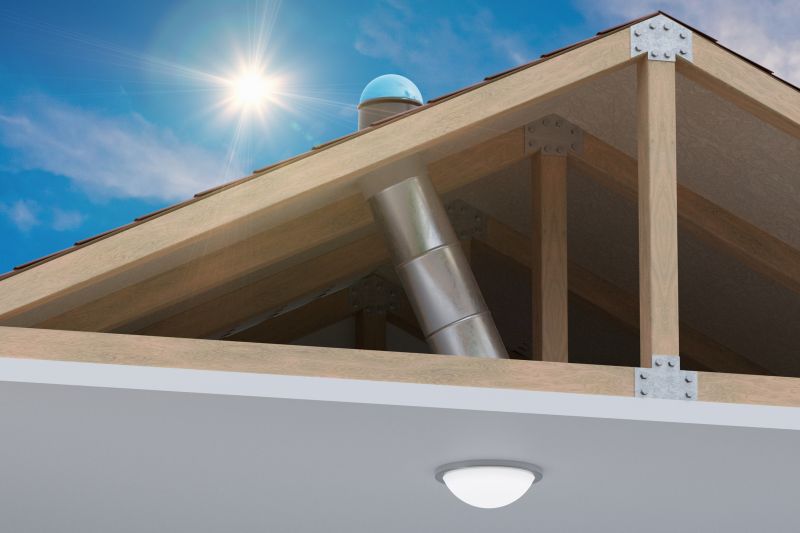
Image of a finished light tunnel in suitable weather.
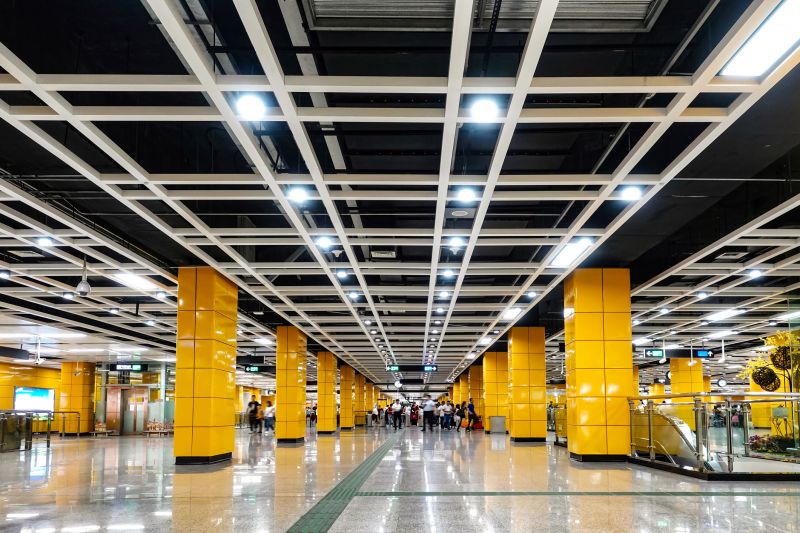
Ways to make Light Tunnel Installations work in tight or awkward layouts.

Popular materials for Light Tunnel Installations and why they hold up over time.
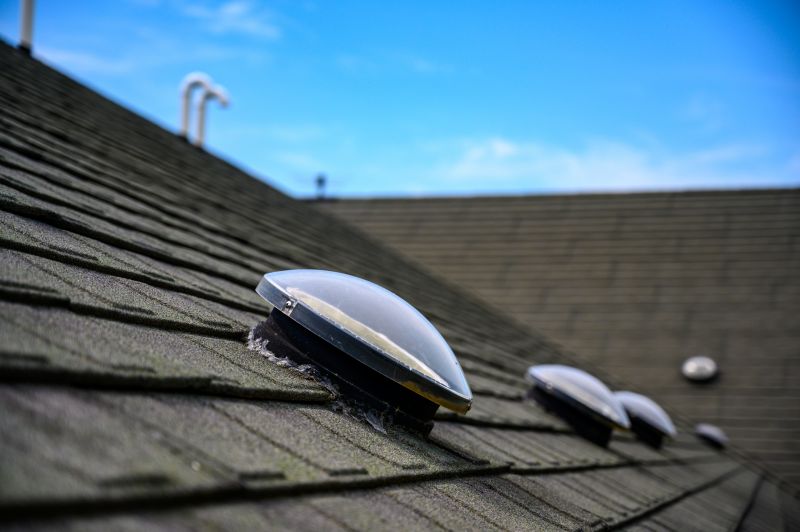
Simple add-ons that improve Light Tunnel Installations without blowing the budget.
Light tunnel installations involve the strategic placement of translucent structures that channel natural light into interior spaces. This process enhances lighting efficiency and reduces reliance on artificial illumination. Proper timing ensures minimal disruption, optimal safety, and adherence to project timelines. Weather plays a crucial role, as adverse conditions can compromise structural integrity and extend project durations.
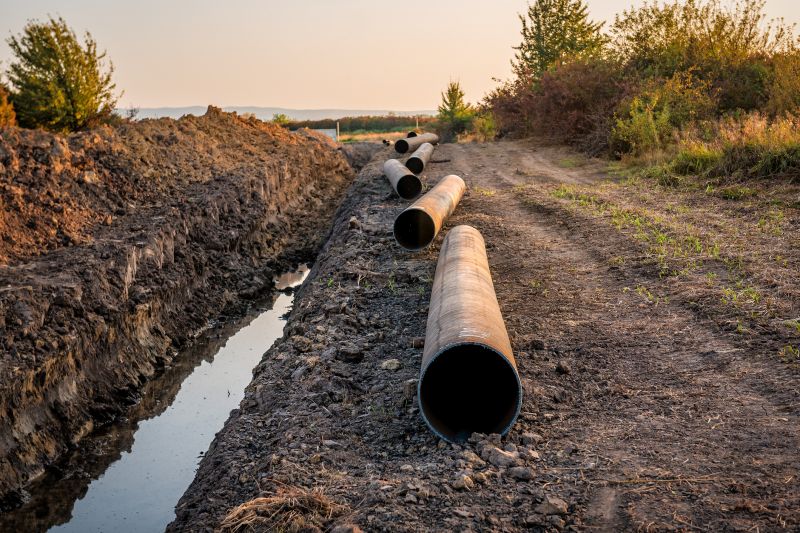
Images of tools used during light tunnel setup.

Photos of the site during installation.
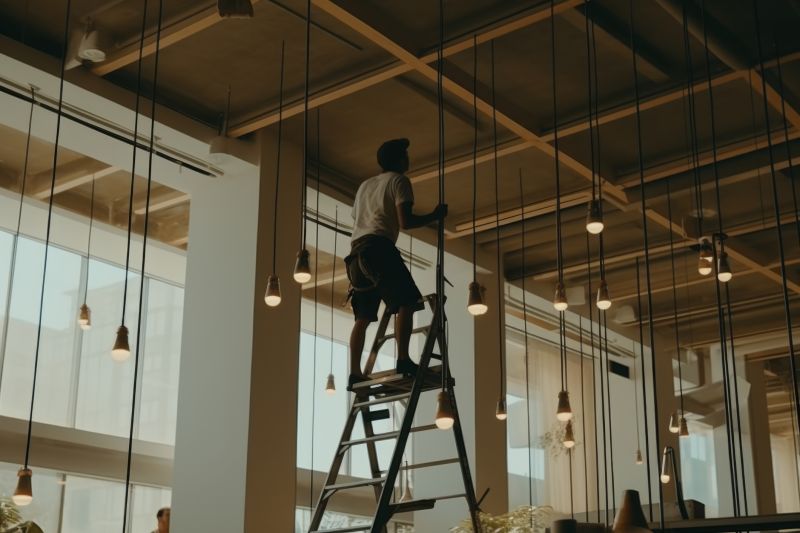
Images of completed light tunnel ready for use.

Images showing routine checks post-installation.
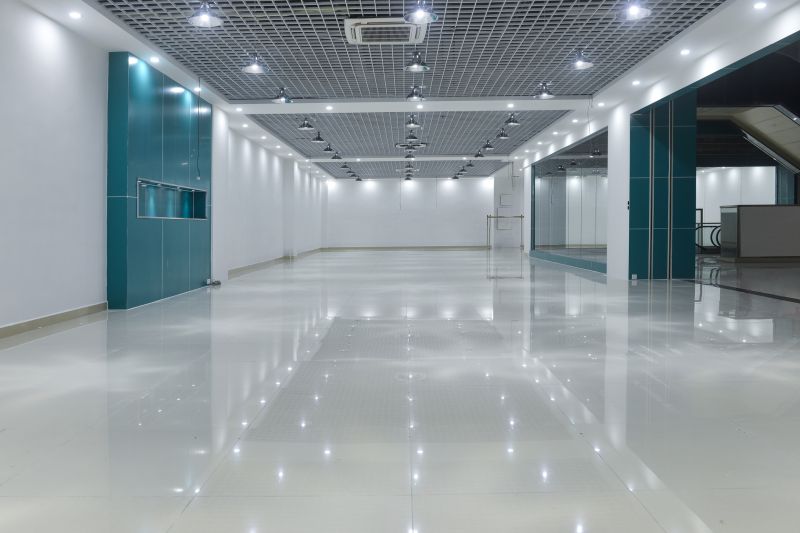
High-end options that actually feel worth it for Light Tunnel Installations.
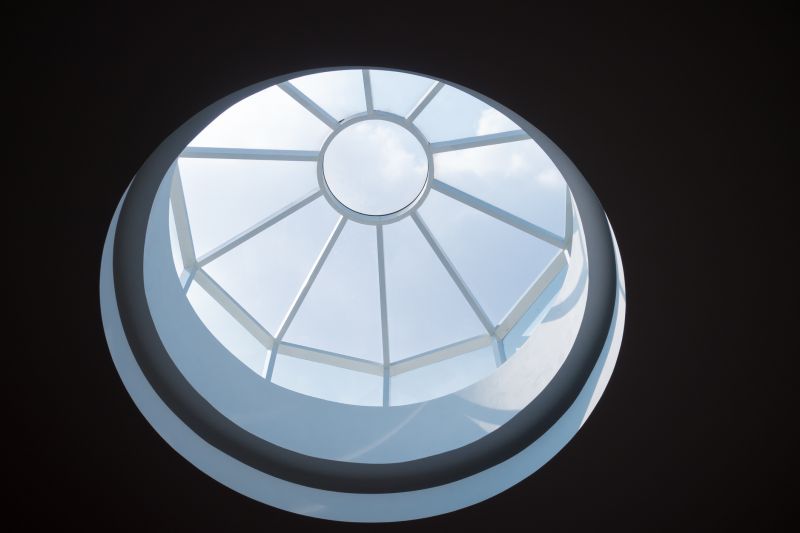
Finishes and colors that play nicely with Light Tunnel Installations.
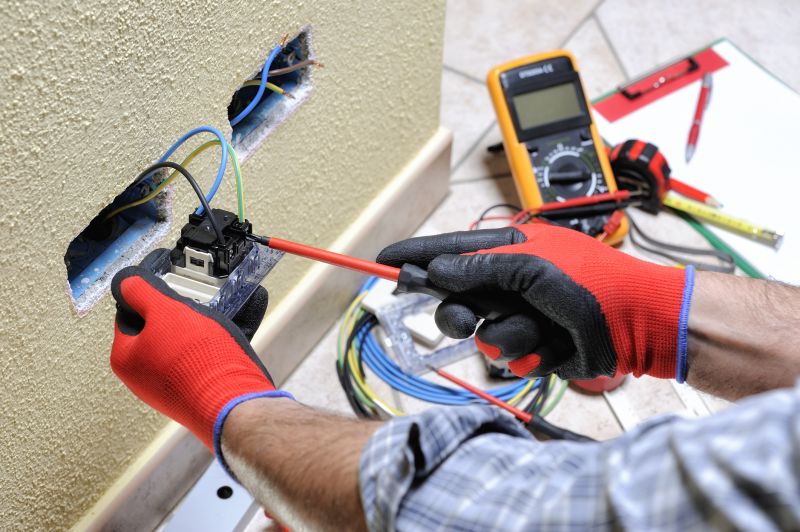
Little measurements that prevent headaches on Light Tunnel Installations day.
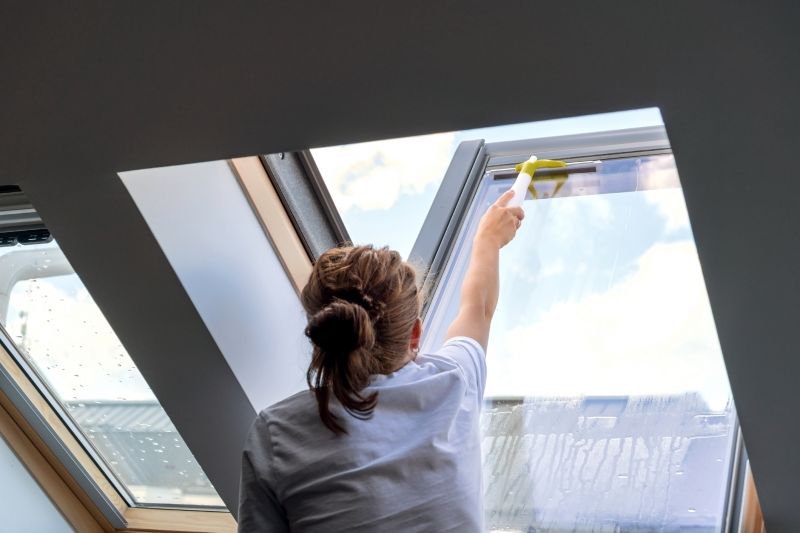
A 60-second routine that keeps Light Tunnel Installations looking new.
| Factor | Recommended Timing |
|---|---|
| Weather Conditions | Dry, moderate temperatures |
| Seasonal Timing | Spring or early fall |
| Project Urgency | Schedule during stable weather windows |
| Temperature Extremes | Avoid during extreme heat or cold |
| Wind Speed | Low wind periods preferred |
| Precipitation | Minimize during rain or snow |
| Daylight Availability | Maximize during longer daylight hours |
Choosing the right time for light tunnel installations can significantly influence project success. Proper planning around seasonal and weather patterns ensures safety, efficiency, and quality. Monitoring weather forecasts and scheduling accordingly helps minimize delays and complications, leading to smoother project execution.
